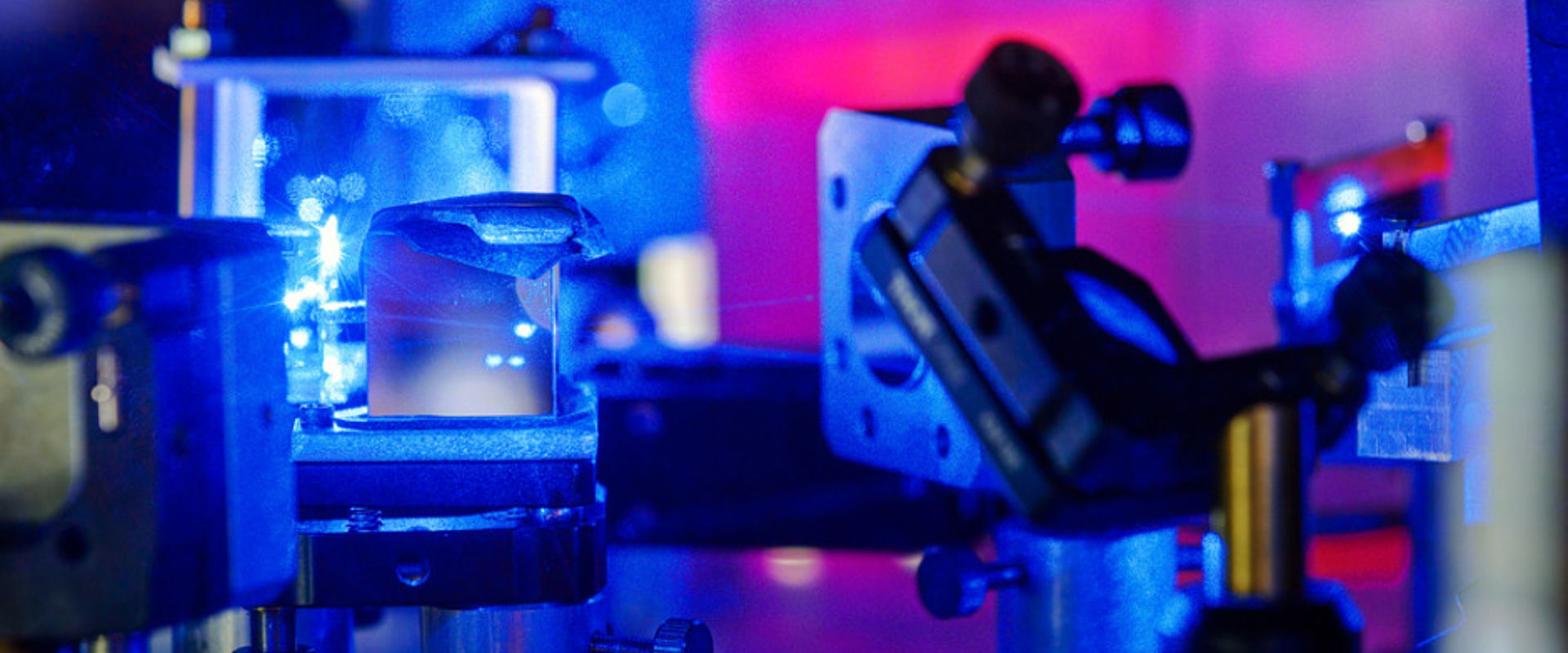
Building trust in quantum technologies
Challenge
The ability to measure single photons of light is gaining importance in emerging research applications from space-earth communications with weak laser light sources, to event counting in biochemical microscopy important for tissue sample analysis, to silicon chip failure diagnostics using light emitted from transistors. All these potential applications hinge on being able to accurately distinguish and count specific individual light photons.
Characterisation of classical communications system components that transmit light through fibre optic cables is well-established. However being able to orientate the electric and magnetic properties of light photons for sending information and being able to detect single light flashes from a very specific source is very difficult. This requires precise characterisation of light sources and detectors to enable system assembly. Currently there are very few facilities that can attempt to do this.
Europe is a leading player in the development of photonics technologies but a lack of validation and standardisation of measurement practices is limiting confidence in using techniques that require accurate detection of single light photons. Precise component characterisation is needed to demonstrate performance and give confidence to users that new technologies incorporating these components will perform as intended.
Solution
The EMRP project Metrology for industrial quantum communication technologies developed the measurement tools needed to characterise the properties of commercial single-photon detectors, including their detection efficiency, and their ability to accurately register every countable event. This work has laid the foundations for a European measurement infrastructure capable of validating the performance of technologies that use and manipulate single photons, supporting the development of nextgeneration photonics technologies.
Impact
As a result of the project, new facilities are available for the characterisation of single-photon detectors used in photon counting. One of the first beneficiaries of this facility has been Micro Photon Devices (MPD), a research establishment of Microgate Srl, a leading producer of professional timing systems and real-time control-electronics for the large adaptive mirrors of the biggest telescopes on earth.
MPD produces single-photon counters specifically designed and optimized for applications requiring low-noise and lowpower measurements, such as single molecule detection and fluorescence lifetime measurements or atmospheric sensing performed using lasers for time of flight pollution monitoring. Precise characterisation at the new facility allowed MPD to improve the accuracy of its product specifications, giving customers in highly technical sectors greater confidence in the performance of MPD’s detectors.
Reliable specifications for the photonic components underpinning many emerging technologies will build end-user confidence and accelerate the introduction of next-generation technologies. Examples of these emerging technologies keen to implement single photon counting include optical quantum computing and life sciences where atomic photon emissions act as indicators of drug delivery to specific cells.
- Category
- EMRP,
- Industry,